Myokoji Temple
The Historic Myokoji Temple and the Legend of the Kasa Mandala
Sect: Nichiren Buddhism (日蓮宗)
Myokoji Temple (pronounced as “Myo-ko-ji”), founded in 1358 by Daikaku Myojitsu Shonin, a priest of the Nichiren Buddhist sect, holds a special place in Japan’s religious history. Daikaku Myojitsu Shonin was born into the prestigious Konoe family, closely tied to the imperial family, and is believed by some to be the son of Emperor Go-Daigo (the 96th Emperor of Japan).
One of the temple’s most unique features is the Kasa Mandala, a sacred Buddhist image associated with a rain prayer ritual. According to legend, placing this mandala inside an umbrella and offering prayers resulted in immediate rainfall, showcasing the temple’s deep connection to Japanese traditions. The Kasa Mandala is now designated as a municipal cultural property.
Despite facing decline during the Sengoku period, Myokoji Temple was revived in the Edo period thanks to the support of Lord Nagayasu Okabe of Kishiwada Domain. Within the temple, visitors can find Banjindo Hall, a beautiful example of traditional wooden architecture unique to this region.
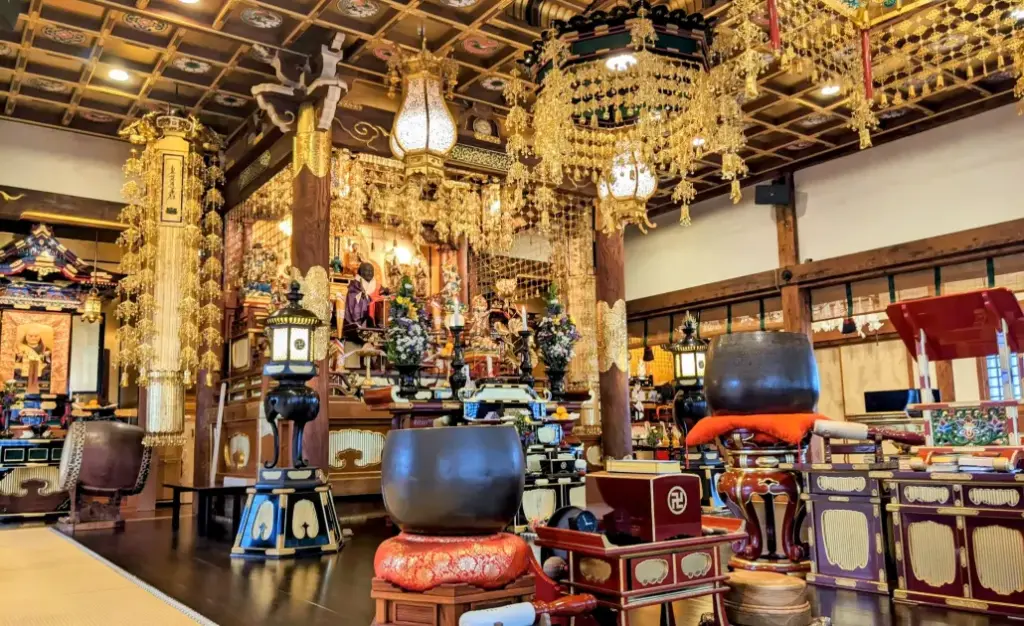
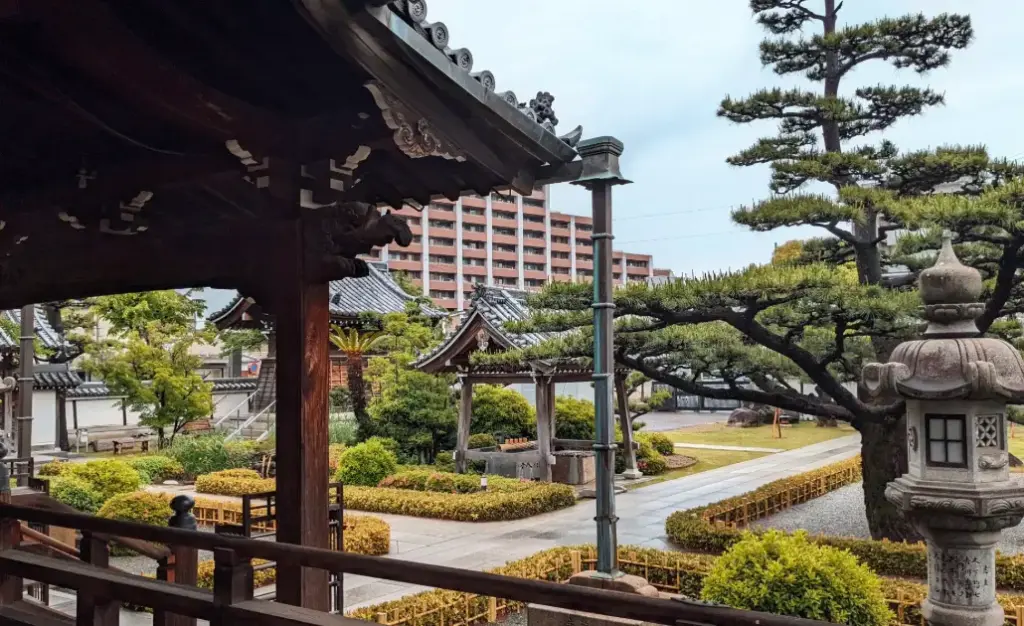
📌 Basic Information
📍 Temple Name: Myokoji Temple
📍 妙光寺
| 📅Reservation | Call us for more information. |
| 📞 Phone | 072-462-1850(Japanese Only) |
| 🏠 Address | 3-9-1 Ichiba-Nishi, Izumisano City, Osaka, Japan |
| 🚉 Access | Approximately 7 minutes on foot (about 550m) from Nankai Main Line Izumisano Station. |
| 🚗 Parking | Free dedicated parking available. |
| 🕒 Visiting Hours | 9:00 AM – 5:00 PM |
| 💴 Admission Fee | Free (Donations are appreciated). |
| 🙏 Main Teachings & Blessings | Myokoji Temple follows the teachings of the Lotus Sutra, which emphasizes that all people can attain enlightenment equally. The temple teaches the importance of “living in the present moment.” The chant “Namu Myoho Renge Kyo” expresses gratitude to the Buddha and is central to worship. |
| 💳 Payment Methods | Cash (Japanese yen) |
🔗 Official Website:
🌐 Social Media:
ℹ️ Detailed Information
✅ Spacious Temple Grounds
The temple grounds are beautifully maintained, with seasonal flowers blooming throughout the year, offering visitors a serene and tranquil atmosphere.
✅ Izumisano City Tangible Cultural Properties (Designated on April 4, 1995)
Mandala Honzon by Daikaku Daishojo (Ink painting on paper)
Mandala Honzon by Rogen Shonin (Ink painting on paper)
Mandala Honzon by Nichien Shonin (Ink painting on paper)
✅ Izumisano City Designated Tangible Cultural Property
Nehanzu (Nirvana Painting)
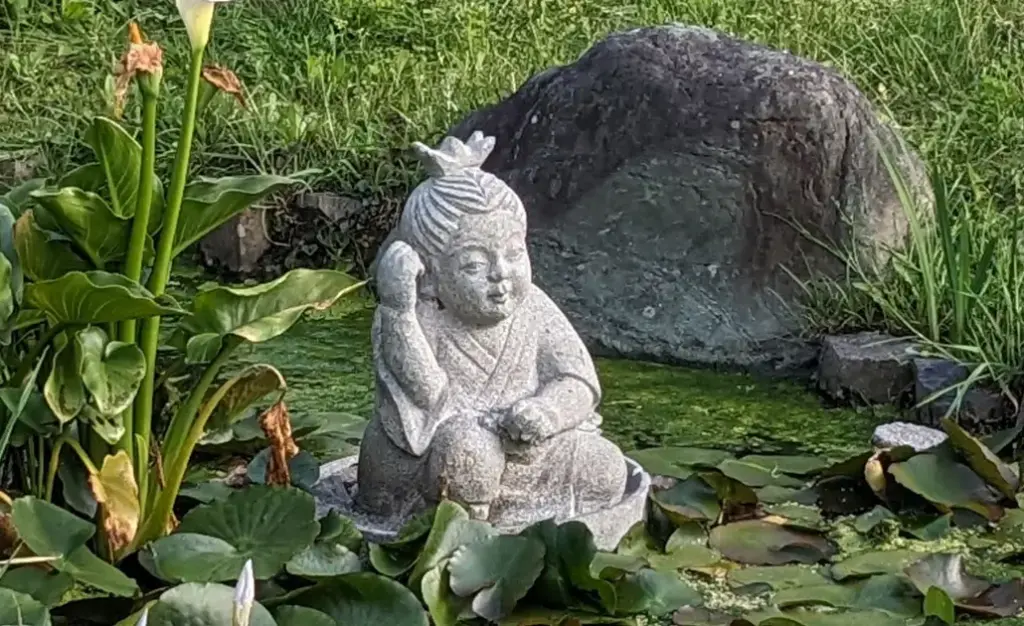
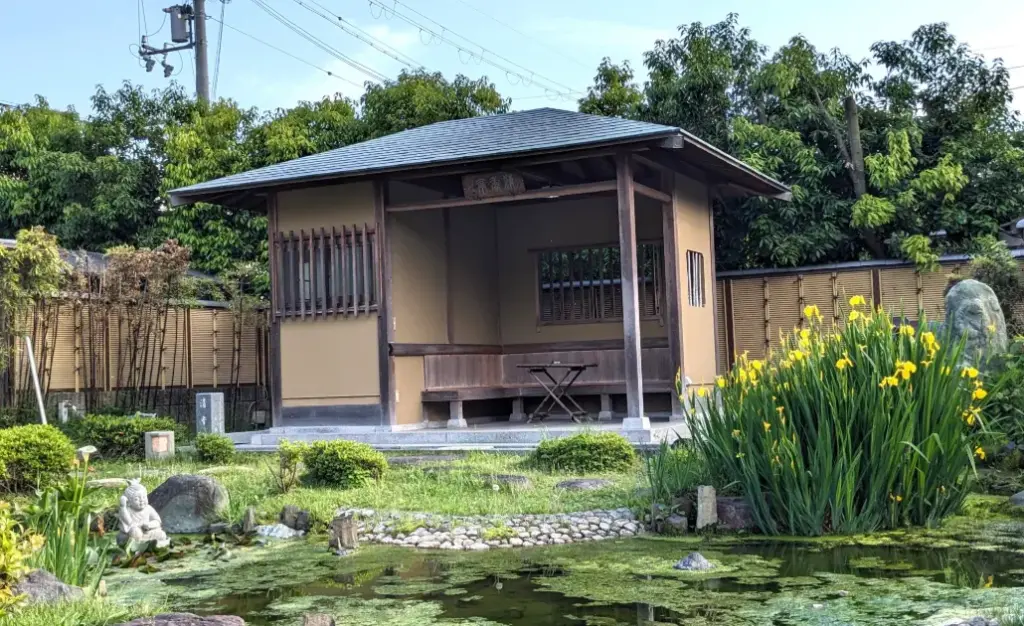
⭐ Highlights
✅ Daily Morning Rituals
Morning services are held daily at 6:00 AM.
✅ Daikakukai Ceremony (May 2nd)
On May 2nd every year, the Daikakukai Ceremony takes place in the main hall, where the Kasa Mandala (Umbrella Mandala) is unveiled.
A mandala is a hanging scroll that symbolically depicts Buddhist teachings and the path to enlightenment.
✅ Moon-Viewing Festival
The Mid-Autumn Moon is celebrated in September with the Bamboo Lantern Moon-Viewing Festival, where approximately 1,000 bamboo lanterns create a mystical atmosphere.
✅ Sutra Copying (Shakyo)
The annual Sutra Copying session (Shakyo-kai) is held around January 20th.
✅ Joya no Kane (New Year’s Eve Bell-Ringing)
At 11:30 PM on December 31st, the temple bell is rung to mark the arrival of the New Year.
In 2024, approximately 250 people participated in this event.
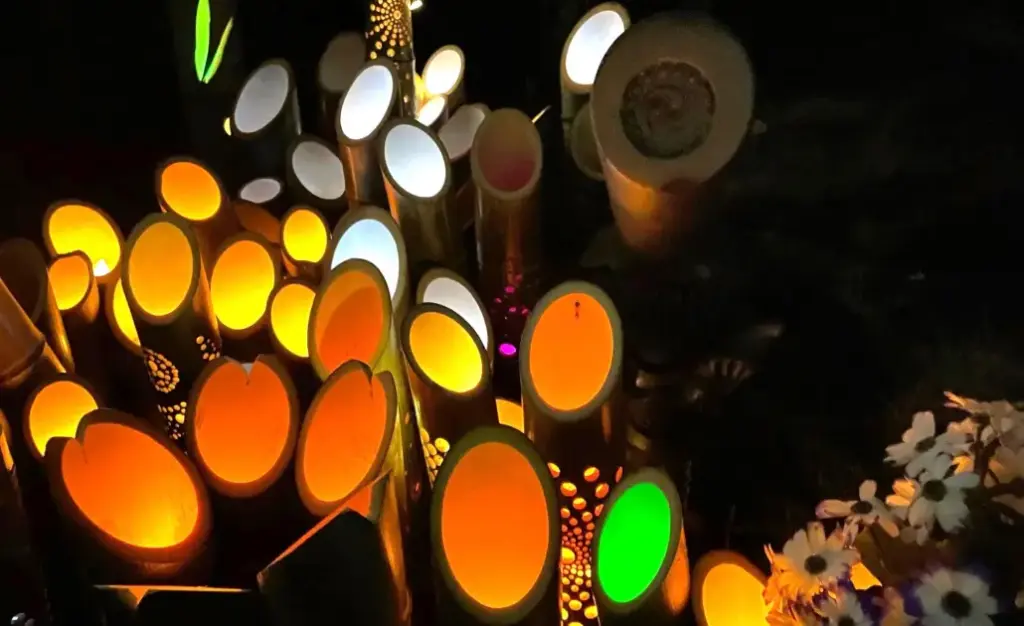
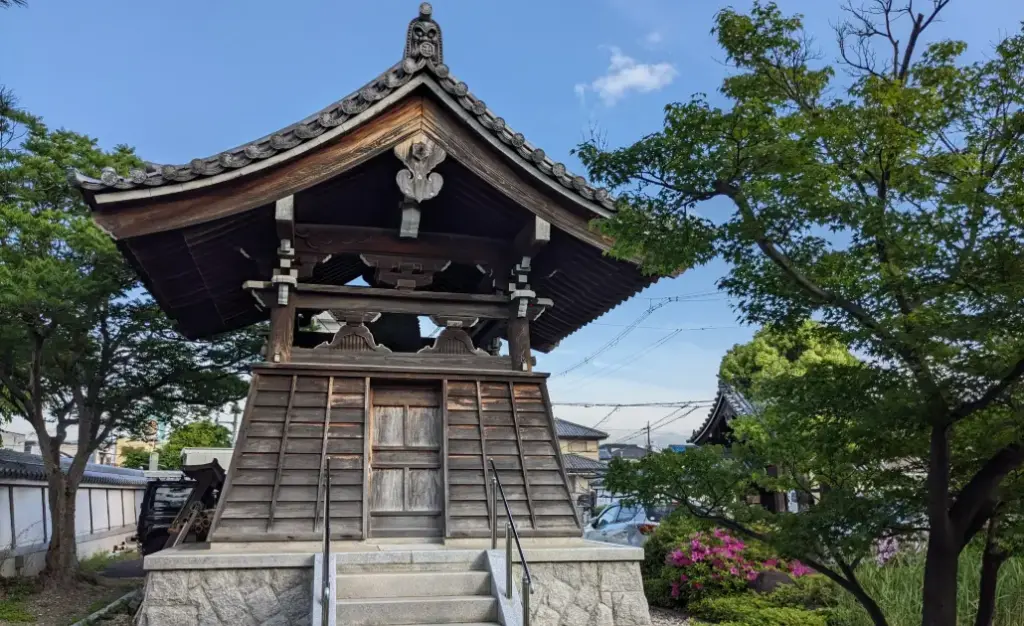
🏞️ Recommended Nearby Attractions
![]() Restaurants / Shrines and Temples / Accommodations, etc.
Restaurants / Shrines and Temples / Accommodations, etc.
⛩️How to Worship at Shrines and Temples
MAP


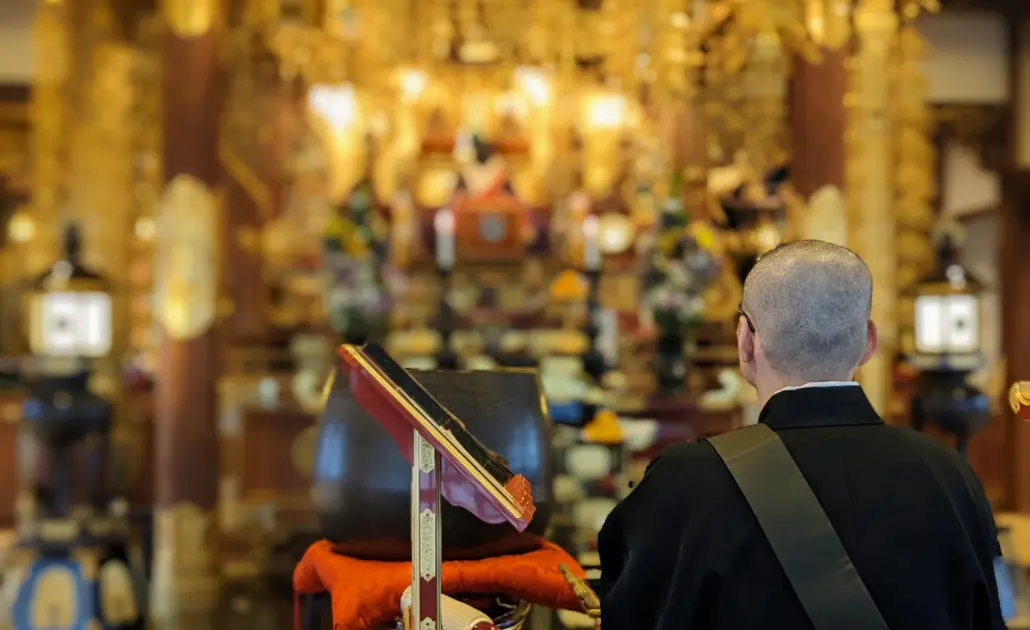
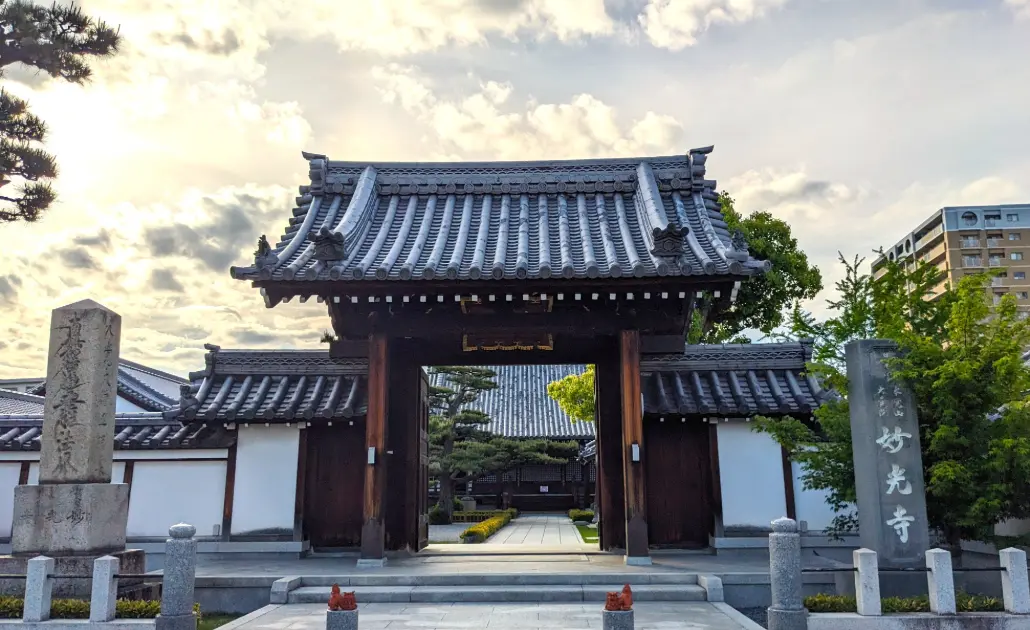
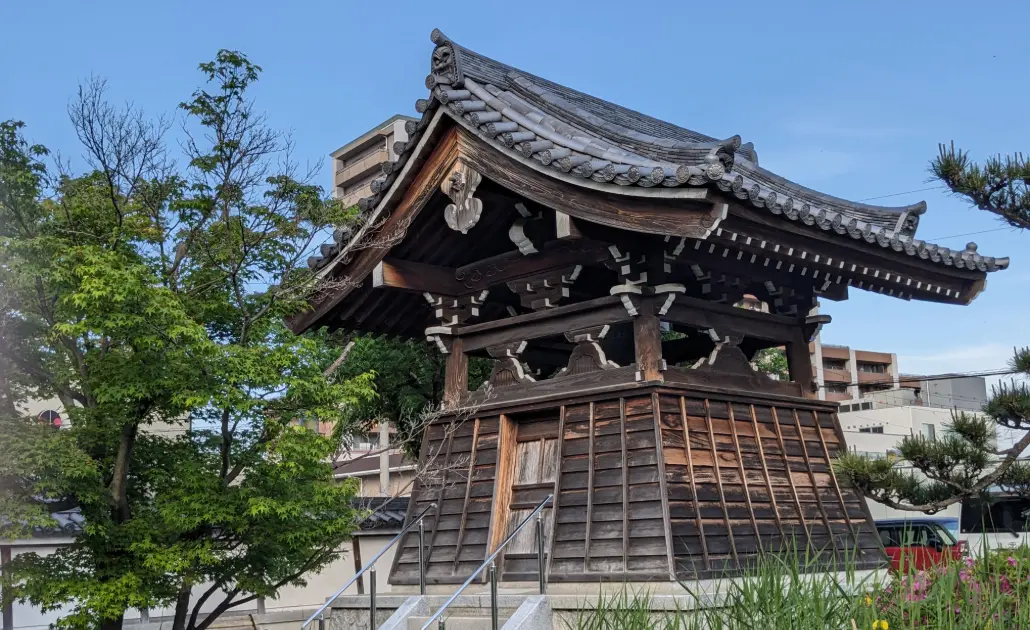
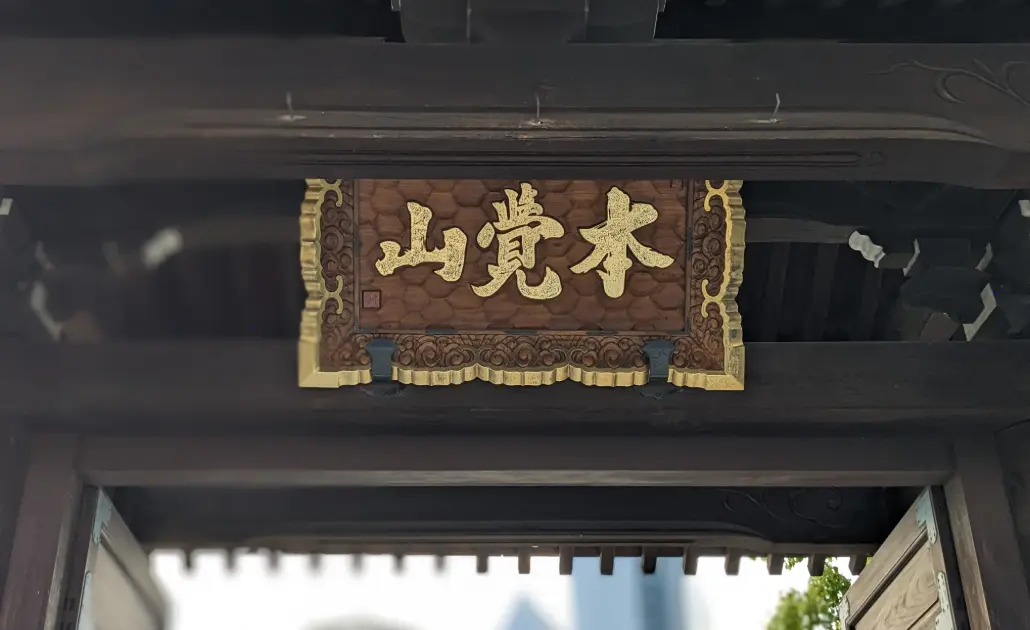
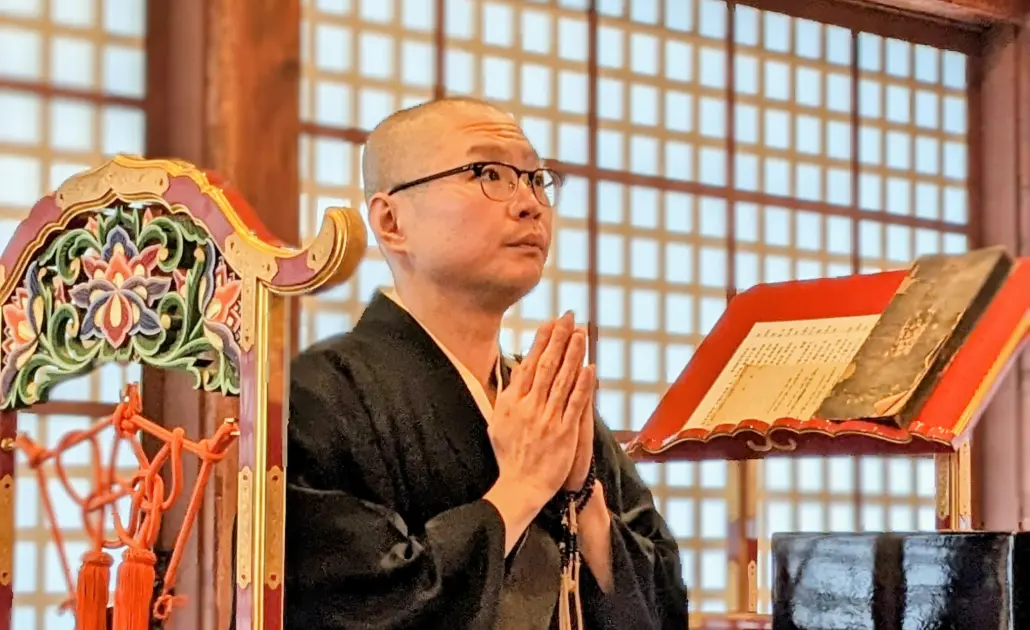
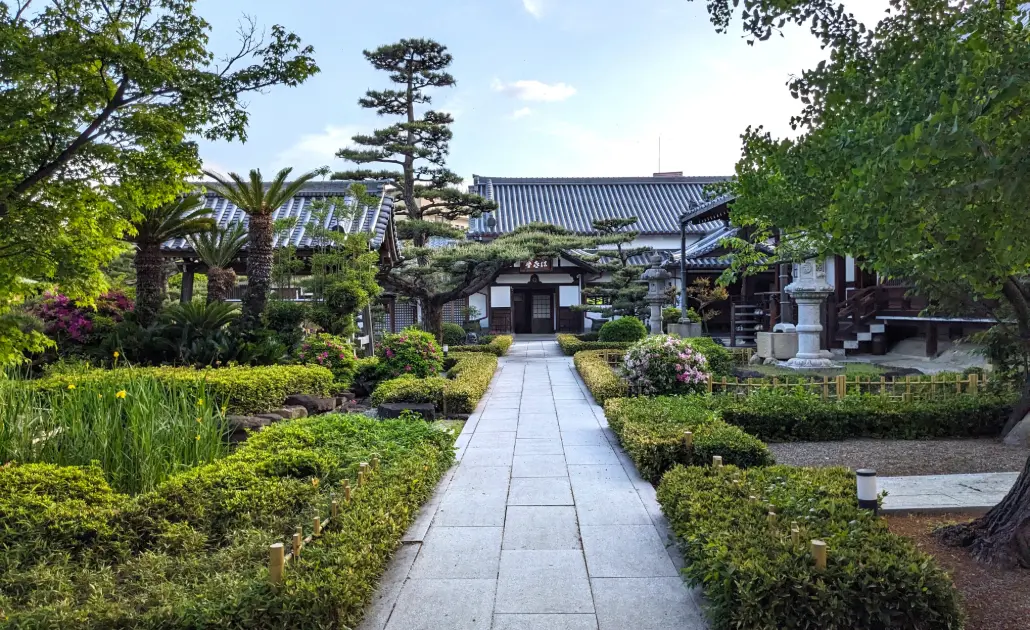
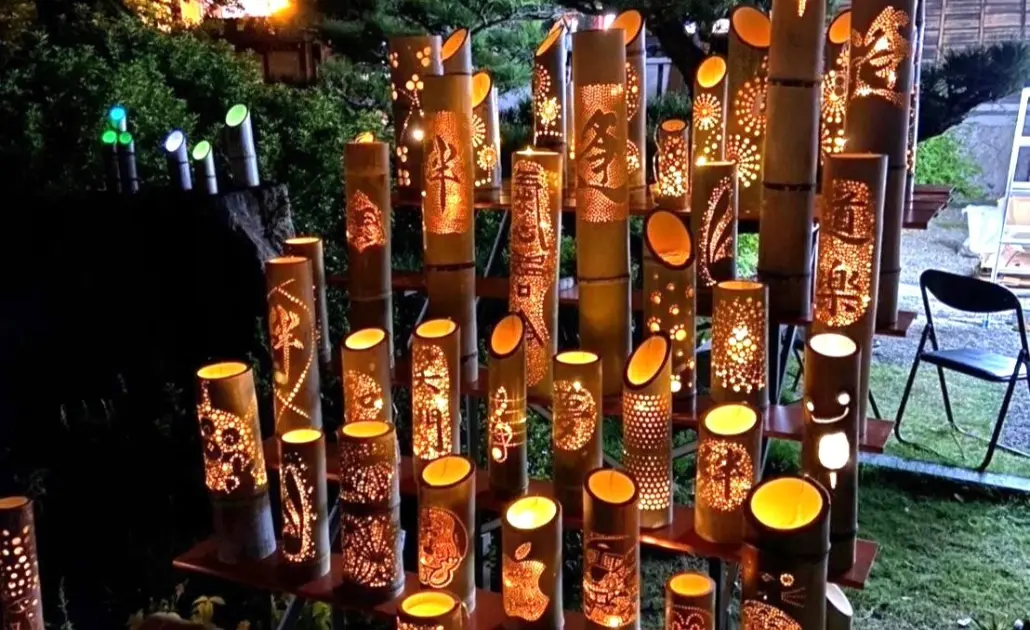
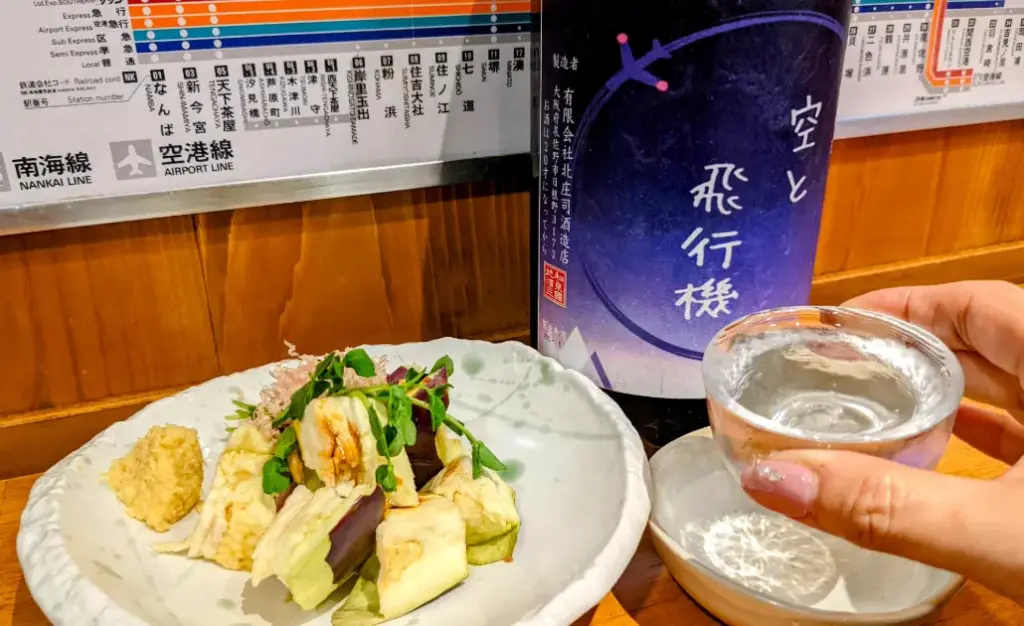
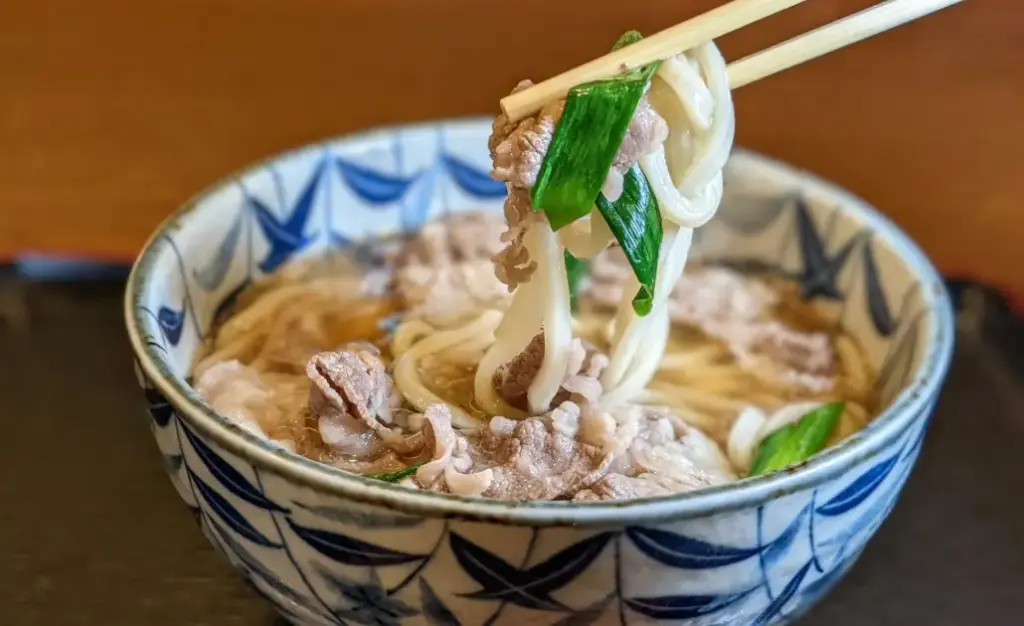
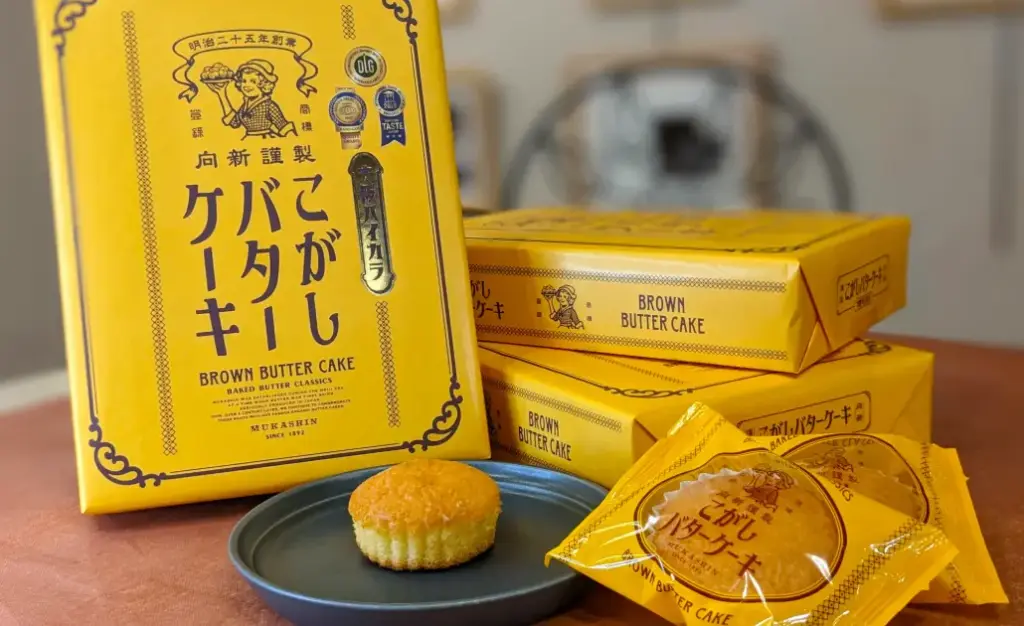
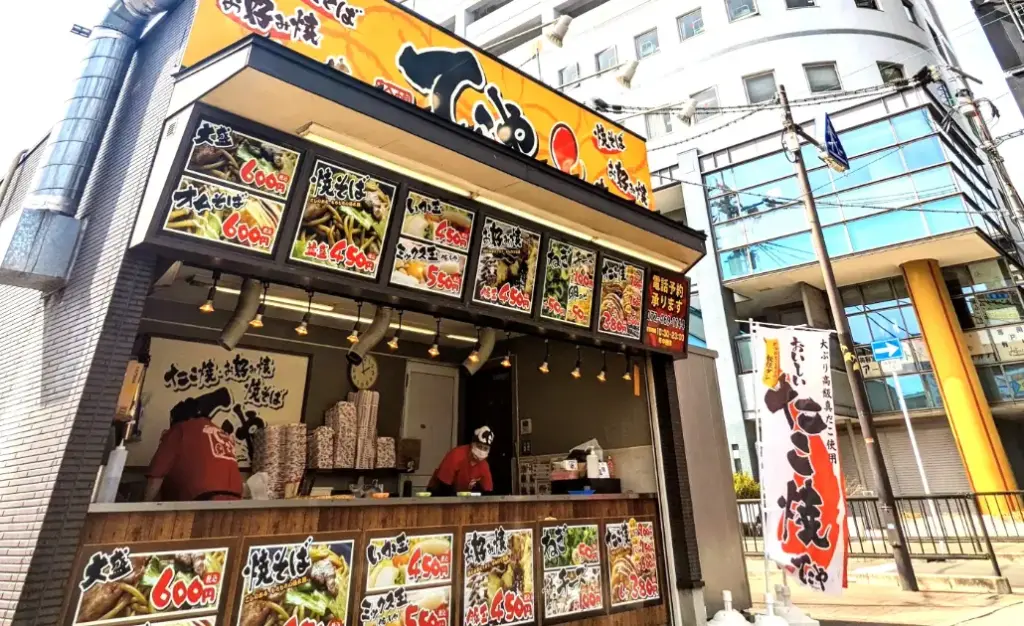
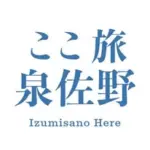

Comment